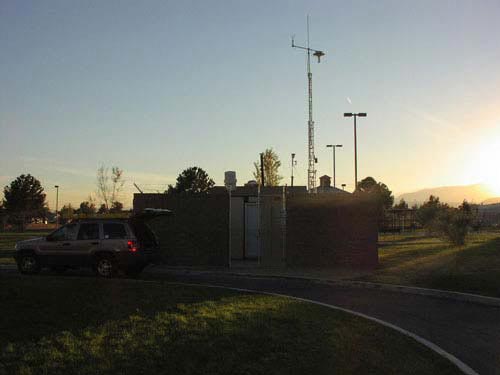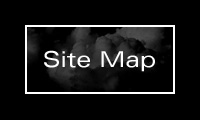
the San Joaquin Valley Air Quality Study (SJVAQS)
The
major goal of the San Joaquin Valley Air Quality Study (SJVAQS) and the Atmospheric
Utility Signatures, Predictions and Experiments (AUSPEX) field study was to provide
air quality, meteorology, and emissions data necessary to develop the capability
to model the effect of emissions changes on air quality. One of the principal
elements of the study was the measurement of thermodynamic properties and winds
aloft. Some objectives of the upper-air meteorological measurements were to:
·
provide meteorological fields that can be used to initialize, bound, and otherwise
optimize the output of prognostic meteorological models used to predict wind,
temperature, humidity, and mixing height throughout the study domain;
·
provide a field of observations that can be used as input to diagnostic meteorological
models that will interpolate available data in light of terrain interaction and
thermal influence; .
· provide a field of observations that can be used
to evaluate the performance of the prognostic and diagnostic wind models; and
· provide a field of observations that can be used to study specific
meteorological phenomena which have been identified in earlier studies.
The
San Joaquin Valleywide Air Pollution Study Agency contracted with T&B Systems
to set up, maintain, and collect data for an upper-air balloon soundings network
of 15 fixed locations within the San Joaquin Valley. T&B Systems also was
responsible for processing data collected at a sixteenth site, Angels Camp, which
was operated by Pacific Gas & Electric (PG&E).
A unique aspect of this
study was the necessity to utilize several different methods of wind measuring;
navaid, radio-tracking, and optical tracking. This requirement was necessitated
by a number of factors. Since as many as 20 sondes could be telemetering data
simultaneously (NOAA and the NWS were providing soundings as well), it was necessary
to utilize equipment that transmitted at varying frequencies. Moreover, as it
turned out, there was no single manufacturer that could provide the number of
sondes required within the project timeframe. T&B Systems therefore acquired
navaid-based sounding systems, radio-theodolite sounding systems, and crystal-controlled
transmitting sondes that required optical tracking for winds. We set up a training
program for over 30 student-operators and developed standard operating procedures.
The
field study took place from July 2 to August 23, 1990. Within this time period,
on days when the regional ozone was predicted to exceed state and federal standards,
all the elements of the program collected data in a coordinated effort. There
were a total of 14 intensive sampling days. A team of meteorologists forecast
candidate intensive sampling days, and the decision to operate on a candidate
day was made by the SJVAQS/ AUSPEX management team.
On intensive sampling
days, up to eight soundings daily were taken at each site based on a schedule
specific to the requirements of each site. A total of 1,439 soundings were 1,439
soundings were taken on 14 intensive days.
In
the process of developing a validated data base, T&B Systems personnel subjected
the field measurements to quality assurance tests that included a number of data
review steps. Upper-air data taken by PG&E personnel at Angels Camp were merged
into the T&B Systems data base and underwent the same quality assurance and
review procedures whenever possible. A data report containing a summary table
of observations taken, plots of each sounding, and computer files of the data
were submitted separately at an earlier date.
